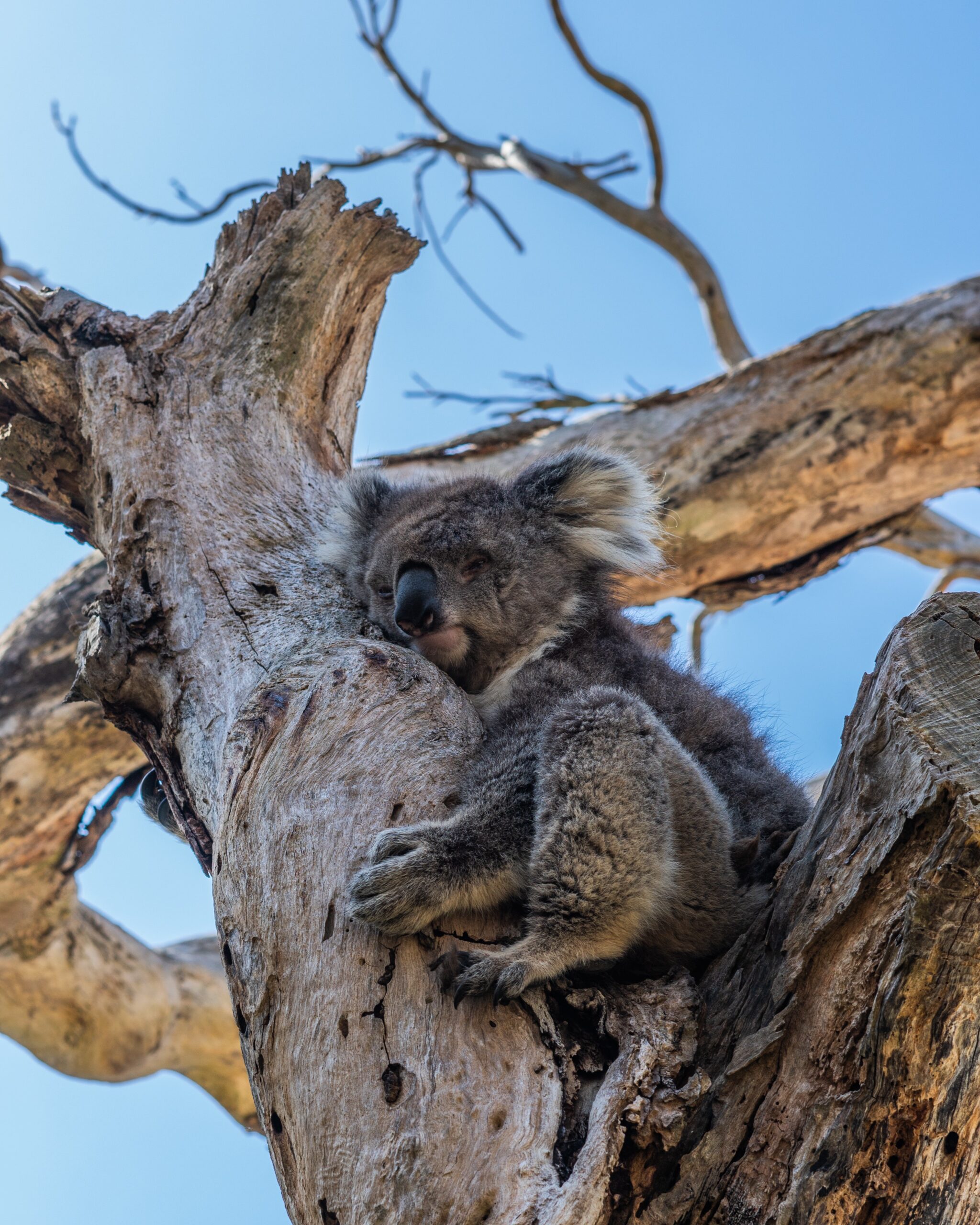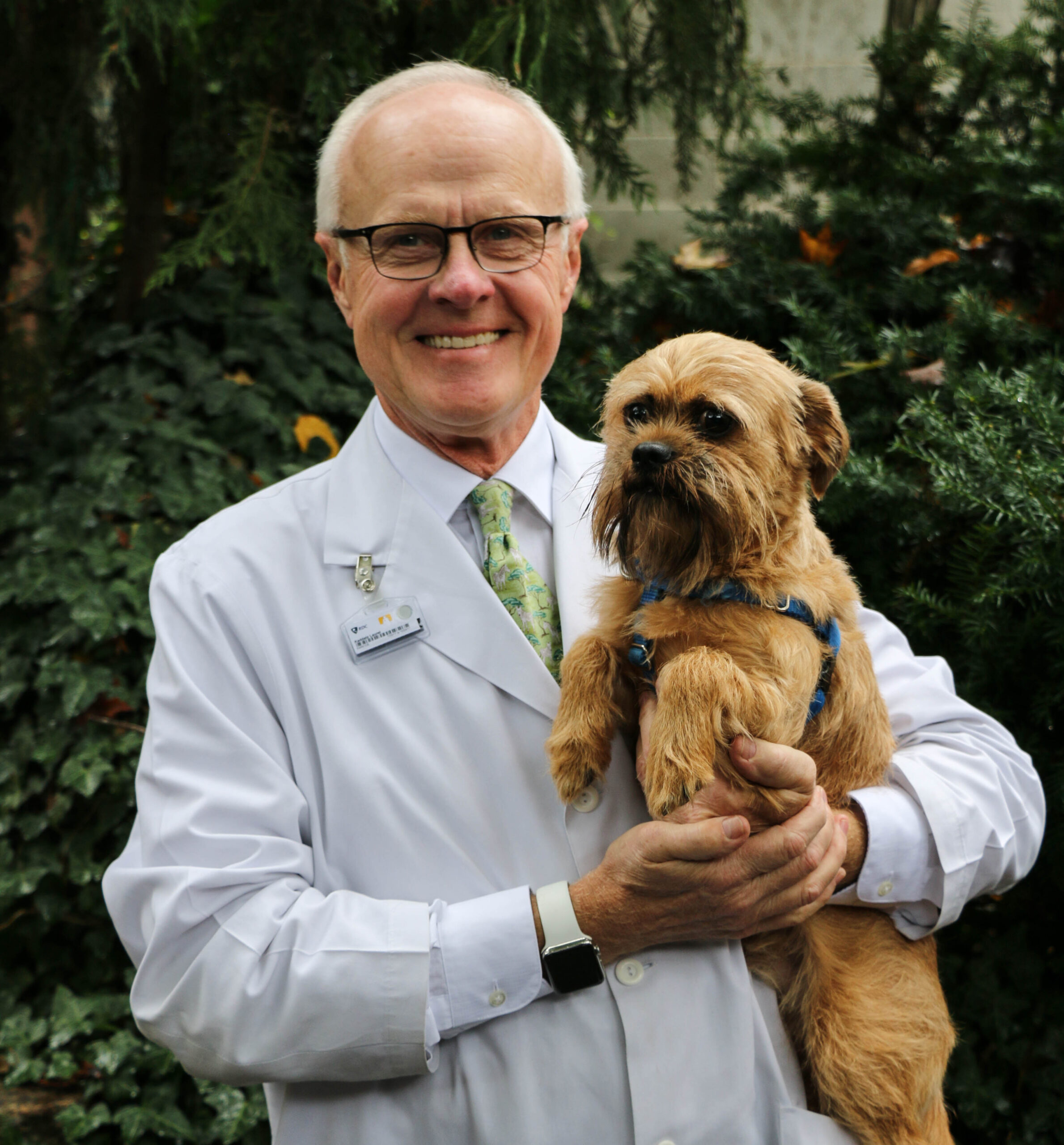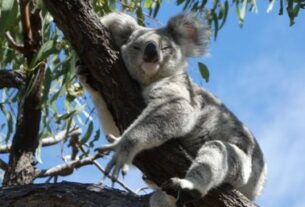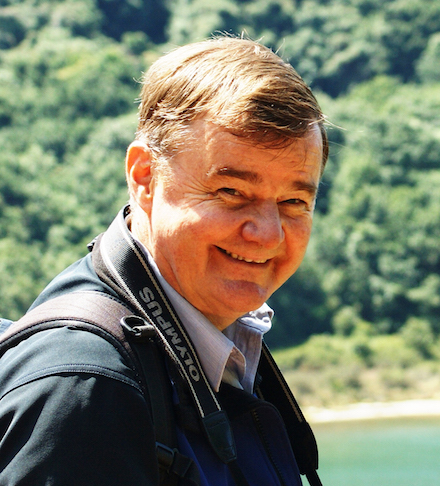Integrating frozen koala sperm into captive management programs is a crucial step to help save the endangered Australian species – a first-of-its-kind model reveals.
Biobanking and assisted reproduction could become a reality for koalas by leveraging the existing technology used to help humans conceive. A detailed model, published in the journal Animals reveals this would significantly help captive breeding programs to retain genetic diversity, and drastically cut the costs currently required to deliver these programs.
Co-author and conservation scientist at the University of Newcastle, Ryan Witt, said a koala biobanking and assisted breeding conservation program could future-proof the species, which, without intervention, faces extinction by 2050.
“Currently, we have no optimised tools that can store live koala reproductive material, such as sperm. So, we have no insurance policy against natural disasters like the 2019–2020 bushfires that threaten to wipe out large numbers of animals at the one time. If the koala population dies in these kind of fire events, there is no way to bring them back or preserve their genetics.
“Biobanking, if developed for the koala, would offer a solution to store or “bank” live koala genetics by freezing sex cells such as sperm. The frozen sperm can then be used to impregnate female koalas in breed-for-release programs, using assisted reproductive technology,” Witt said.
The proposed model shows a five- to 12-fold reduction in overall program costs of current captive koala breeding programs, if biobanking and assisted reproduction is incorporated.
“Captive breeding programs require larger koala colony sizes to prevent inbreeding. But by integrating assisted reproduction we can reduce the number of koalas needing to be in captivity, lower costs, and improve genetic diversity,” Witt said.
“This would free up valuable conservation funding to support a greater number of species, or to support other koala conservation efforts such as habitat restoration.”
Through his PhD research at the University of Newcastle, lead author Dr Lachlan Howell has spent years developing and analysing this robust model for various endangered animals but believes it offers the koala the most promise.
“The beauty of applying assisted reproductive technologies to the koala population is that much of the foundation has already been laid, much of the infrastructure is already in place. We’ve identified 16 wildlife hospitals and zoos across Australia that could act as nodes to collect koala sperm and help integrate assisted reproduction,” Howell said.
“Recent advances have shown us that artificial insemination using fresh and chilled sperm works in koalas. The hurdle is trying to freeze sperm and make use of it. All that is needed now is more research and funding to tweak existing assisted reproduction technologies so that we can cryopreserve koala sperm, just like we do for humans.”
“Our modelling shows that supplementing frozen founder sperm into koala colonies using various assisted reproductive technologies – such as those common in agriculture and human fertility – could significantly reduce inbreeding and allow captive programs to hold smaller colonies whilst still meeting optimal genetic diversity targets,” Howell said.
If cryopreservation is made possible for koalas, it will also open the door to recover and biobank genetic material from koalas who may have died in bushfires or been hit by cars so they can still contribute to reproduction and the population.
In North America, an applied research effort to save the black-footed ferret from near-extinction proved successful.
Howell said dedicated research funding meant assisted reproductive techniques such as freezing sperm and artificial insemination could be developed for the ferret.
“Sperm frozen for 20 years was used to artificially inseminate some of the captive bred ferrets which were becoming more inbred over time. This was crucial to reintroduce genetic variation in the captive population, which over time suffered reproductive complications from inbreeding.
“Thousands of ferrets have since been born and released into the wild.
“In this case, researchers cryopreserved black-footed ferret sperm many years before they figured out how to use the sperm in assisted breeding. This may be the pathway we need to take to ensure the future of Australia’s much-loved koala,” Howell said.





